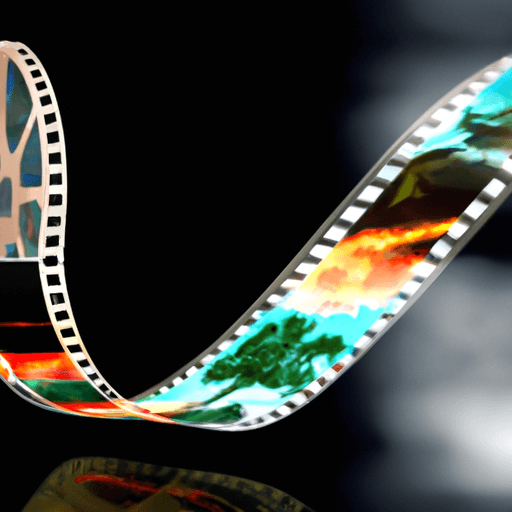The Evolution of Special Effects in Cinema
There is no denying the transformative role of special effects in shaping modern cinema. The journey of their advent and evolution paints a captivating picture of how these innovative techniques have reimagined storytelling and revolutionized the cinematic experience around the world.
The Beginnings of Special Effects
The early days of film-making saw a myriad of primitive special effects. As early as in the 1890s, innovator George Méliès used techniques like time-lapse photography, multiple exposures, and dissolves in his pioneering film, 'A Trip to the Moon'. He laid the groundwork for the integration of special effects into cinematic storytelling.
Technological Advancements and Improvement
The introduction of technology has been instrumental in enhancing special effects over the years. Although the 1933 film 'King Kong' dabbled with stop motion animation, it wasn't until Ray Harryhausen in the 1950s that the technique was refined and widely recognized. The introduction of computer-generated imagery (CGI) in the late 20th century revolutionized film-making. The 1977 blockbuster 'Star Wars' marked a notable milestone with advancements in models and miniatures, while the 1993 epic 'Jurassic Park' set a new benchmark for CGI-animation, bringing life-like dinosaurs to the big screen.
Changing the Cinematic Experience
The essence of special effects isn't just to create fantastical and visually stunning scenes but also to enhance the narrative. Technological advancements have made it possible to craft immersive worlds, as in the case of world-building in 'Avatar' (2009), or depict epic battle scenes as seen in 'The Lord of the Rings' series. These achievements have captivated audiences worldwide and changed their expectation from cinema, pushing directors and producers to constantly innovate and uplift storytelling techniques.
The Future of Special Effects
Looking ahead, the future of special effects is as promising as it is fascinating. With the advent of practical effects, augmented reality, virtual reality and artificial intelligence in film making, filmmakers are exploring new horizons. Deepfake technology, that uses machine learning to create hyper-realistic animations, and volumetric filming, that captures an object from every angle for a 3D output, are some trends evolving the landscape of special effects. The special effects industry continues to grow at a rapid pace, continually enhancing the global cinematic experience, rewriting the rules of what is visually possible.
In conclusion, special effects have not just evolved in terms of technical sophistication and perfection, but have also woven an intricate link between advanced technology and enriched storytelling. They are an indispensable part of the cinematic narrative, continually shaping global audience's experiences and expectations from the world of cinema.

















Comments
Leave a Comment